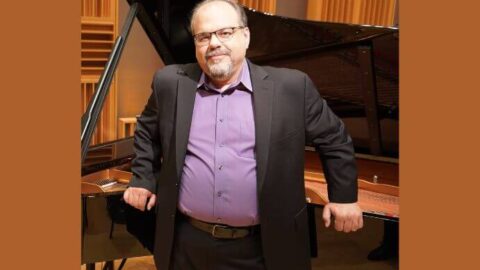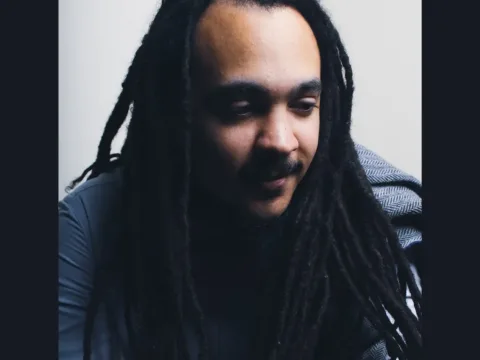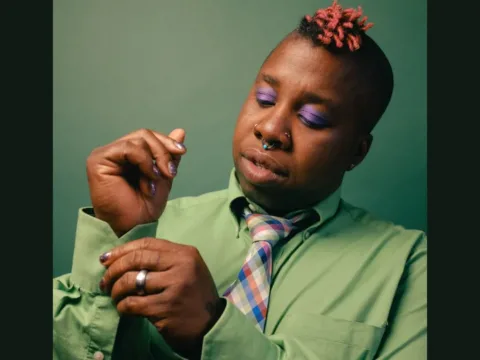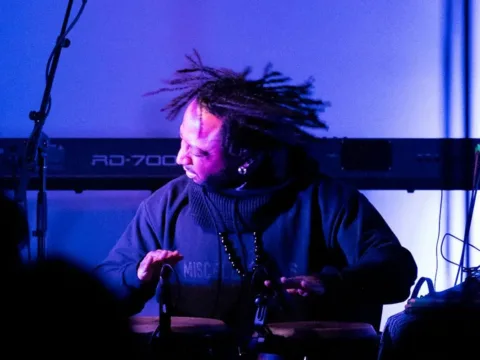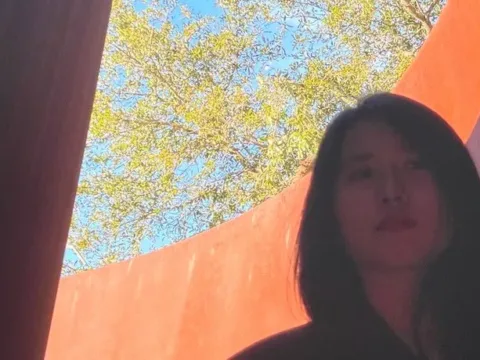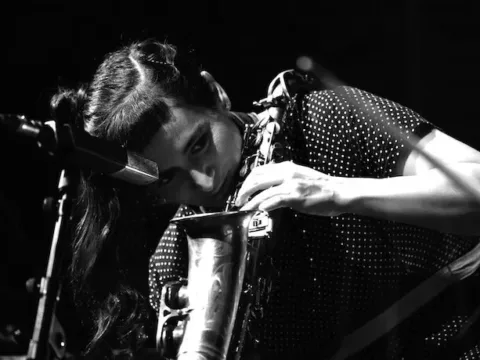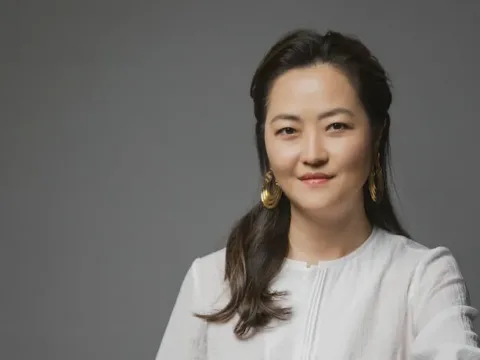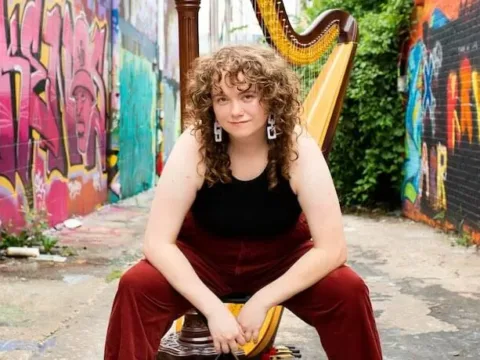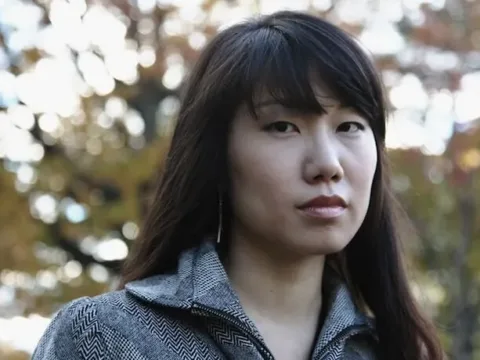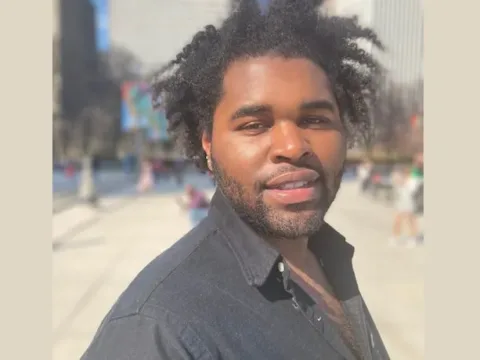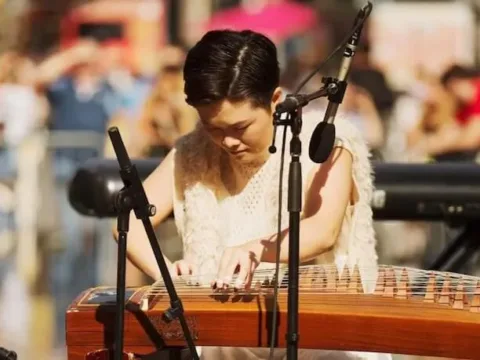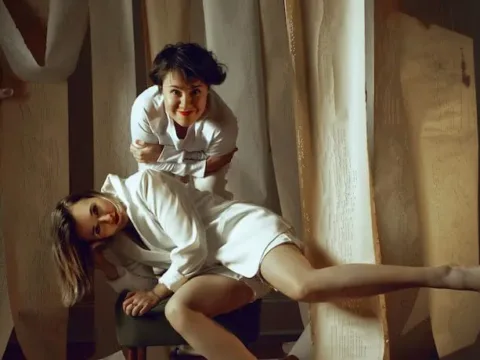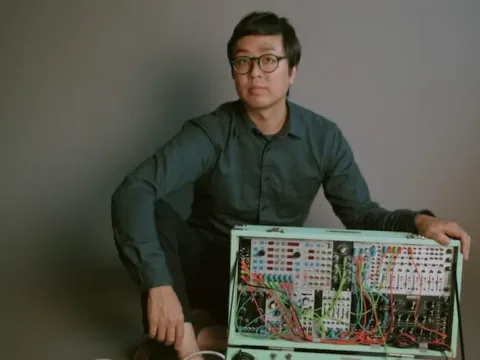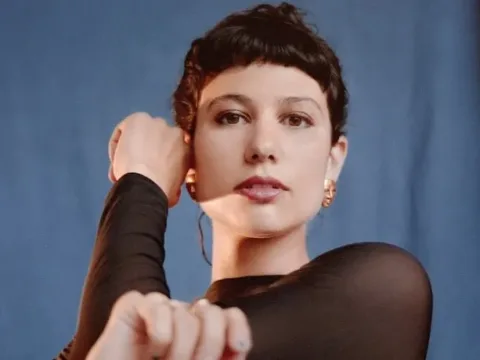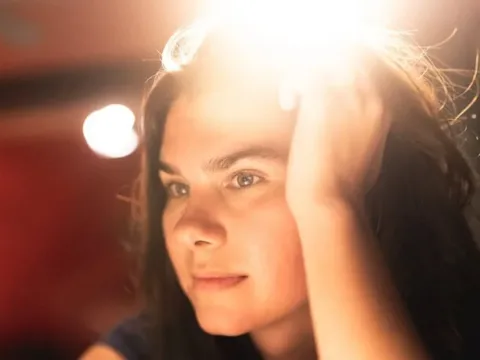ListN Up is a series of artist-curated playlists that offer an intimate sonic portrait of contemporary artists by showcasing the diverse and stylistically varied music that influences their creative practice.
Armando Bayolo is a composer, conductor and pianist of Cuban heritage born in Puerto Rico. He was the founder and artistic director of Great Noise Ensemble, which he led in Washington, D.C., for 15 years. As a composer, he has written in every known genre of the Euro-American classical tradition, save for film scores. He is the music director of the Ethical Society of St. Louis, where he currently lives.
Hello! I’m Armando Bayolo. I am a composer living in St. Louis, Missouri. I have worn many hats during my life, but today I’m here as a composer and as a listener.
I’m trained as a pianist, but piano music has not been so central to my compositional activity. However, in the last year I have found myself working on two big projects centered on the piano: Memorias Vagabundas, a kind of musical memoir dealing with my musical heritage, is a large cycle of 14 pieces for solo piano. The other is an almost equally large concerto for piano and large wind ensemble called A History of Violence.
So I’ve had piano music in my mind a lot lately and when I Care if You Listen asked me to prepare a ListN Up playlist I thought it would be great to center it around the piano and share some of the pieces that inspired me during these two compositions from the past year. I hope you enjoy them.
“The Hague Hacking” by Louis Andriessen, performed by Katia and Marielle Labèque
Louis Andriessen’s music has had a greater impact on my own music than anyone else’s. The Hague Hacking, from 2008, is a concerto for two pianos written for Katia and Marielle Labèque. It is not, however, a traditional concerto in the Classical or Romantic sense of the genre. While my own piano concerto, A History of Violence, behaves more like a traditional concerto in many ways, in others, the sounds of this piece (and his older piece Tao, from the Trilogy of the Last Day) and the type of relationship between soloists and ensemble are part of the DNA of my own piece.
“Vignt regards sur l’enfant Jesus, no. 10: Regard de l’Esprit de joie” by Olivier Messiaen, performed by Pierre-Laurent Aimard
Messiaen is another composer whose music has been very important to me. His playing with the conventions of Western classical music in unique ways is utterly fascinating. Time itself often seems to stop in his music, and, with the inclusion of elements adapted from other cultures and the natural world, the results are magical.
The Vignt Regards, an enormous cycle of 20 pieces from 1948, informed a lot of the architecture of my solo cycle, Memorias Vagabundas. Here is the 10th piece in Messiaen’s cycle. It’s ostensibly a fugue, but not in any recognizable way.
“Bemba colorá” by Celia Cruz and the Fania All Stars
Fania Records is to salsa music what Motown is to soul and R&B. The artist roster for this label includes practically every luminary of 1970s Latin music, musicians who essentially invented and codified salsa music. They not only recorded and toured individually but as an ensemble, the Fania All Stars. This was the soundtrack of my very early life, and they make an appearance in the Memorias (mashed up with Igor Stravinsky!). Here is the great Cuban singer, Celia Cruz, backed by the All Stars.
“Piano Concerto no. 2” by Béla Bartók, performed by Zoltán Kocsis, Iván Fischer, and the Budapest Festival Orchestra
Another concerto movement, this time from the early 20th century. Not only has this piece been a favorite since college, its sound and its pianism informs my own concerto. The first movement is, like my A History of Violence, scored only for winds and percussion (albeit a smaller contingent).
“Sonatra” by Michael Gordon, performed by Vicky Chow
Michael Gordon really pushes the limits of what “classical” music is and what its practitioners can do. Sonatra, a piece from 2018 for Bang on a Can All-Stars pianist Vicky Chow, is absolutely wild! The musical material is very simple, but it is deployed in stunningly original, virtuosic ways. Also, seeing/hearing Vicky play this and discussing it with her led to my writing major works for piano after many years.
“Piano Piece No. 4” by Frederic Rzewski, performed by Lisa Moore
Fred Rzewski was to the piano at the turn of the 21st century what composers like Debussy, Prokofiev, Ravel, Bartók, Messiaen, Cowell and Ultsvolskaya were at the turn of the 20th. Piano Piece No. 4 has been a favorite of mine for years. The way Rzewski uses a mass of reverberant, repetitive sound out of which a kind of Andean folk tune comes out is mesmerizing (and Lisa Moore’s performances are always stunning).
“Muñeira de Santo Amaro” Anonymous (c. 14th century), performed by Treixadura
Obviously, this isn’t a piano piece. It is a bit of folk music sung by pilgrims on the route to Santiago de Compostela in Galicia. It’s a rowdy song but it is surprisingly chaste, its lyrics contemplating the benefits of single and married life. My paternal grandfather was born and raised in a small fishing village in Galicia, not far from Santiago, and the folk traditions of the area, especially the rowdy bagpipes, made their way into the biggest piece in my memoirs.
“Piano Sonata no. 5” by Galina Ustvolskaya, performed by Reinbert de Leeuw
I only discovered Ustvolskaya’s music for myself a few years ago. It is some of the most original work I’ve encountered in this tradition, and her piano writing is particularly innovative and percussive while juxtaposing moments of great lyricism. It is also always uncompromising. There is effort to performing and listening to Ustvolskaya (something I think her music shares with Messiaen’s, but in very different ways). I f*cking respect that!
“Piano Concerto no. 1 in d minor, III. Rondo (Allegro Non Troppo)” by Brahms, performed by Krystian Zimerman, Simon Rattle, and the Berliner Philharmoniker
A 19th-century piece from the standard repertoire? GASP! When I was writing my piano concerto this year, Brahms wasn’t a composer I sought to emulate. Prokofiev (whose third piano concerto I wanted to include but I had to cut something out to stay within the assignment’s limits), Bartók, Messiaen, and other early 20th-century composers whose piano writing was more “barbaric,” let’s say, were my initial inspiration. But this movement, the last from Brahms’s first, youthful concerto, kept popping into my head, especially while trying to solve some technical (as in piano technique) problems in the last movement of my own piece. As a former teacher reminded me recently, I’ve always loved this repertoire, regardless of any aversion to a canon I might espouse, and this is a very cool piece (and I’ve always loved Krystian Zimerman’s playing).
I CARE IF YOU LISTEN is an editorially-independent program of the American Composers Forum, and is made possible thanks to generous donor and institutional support. Opinions expressed are solely those of the author and may not represent the views of ICIYL or ACF.
You can support the work of ICIYL with a tax-deductible gift to ACF. For more on ACF, visit the “At ACF” section or composersforum.org.
